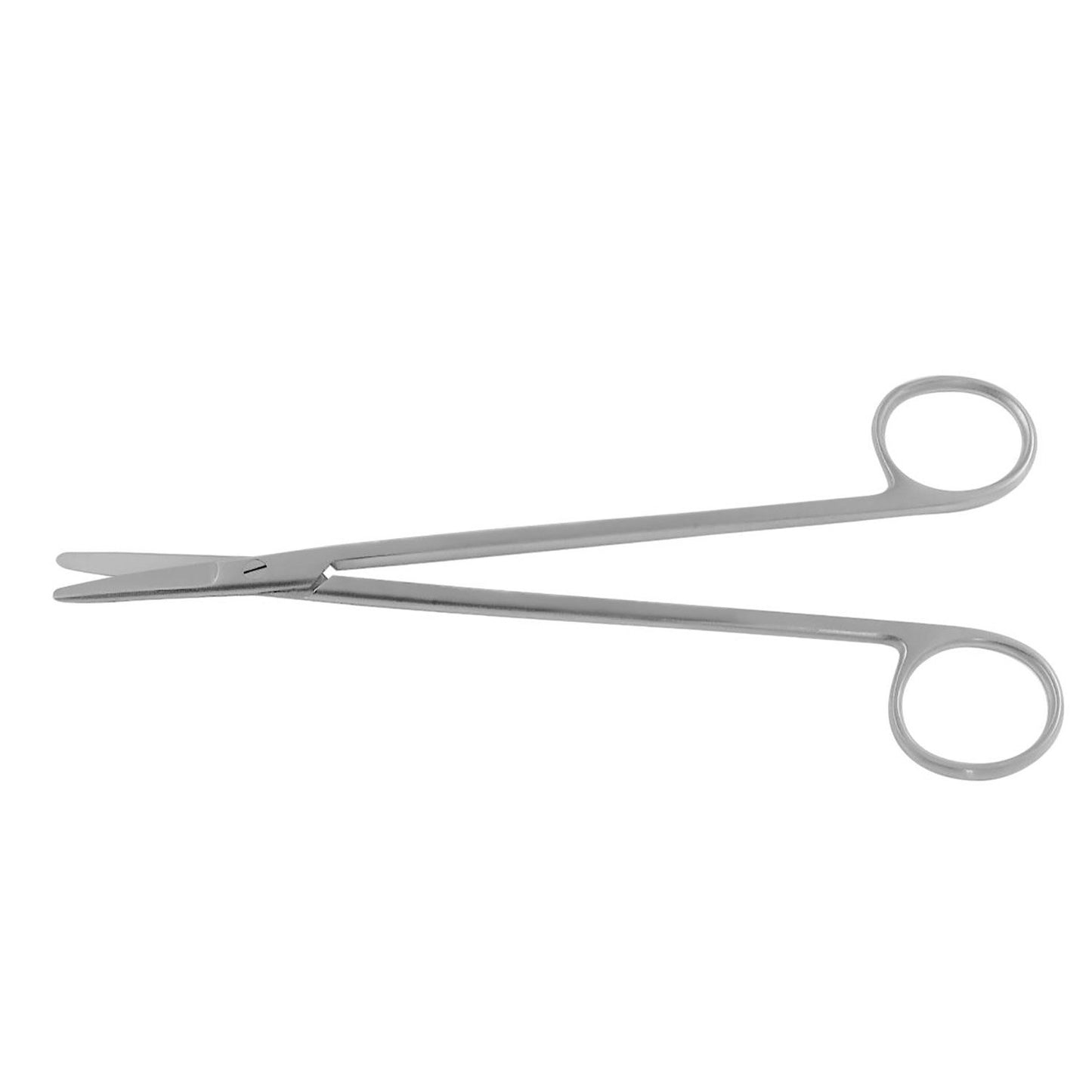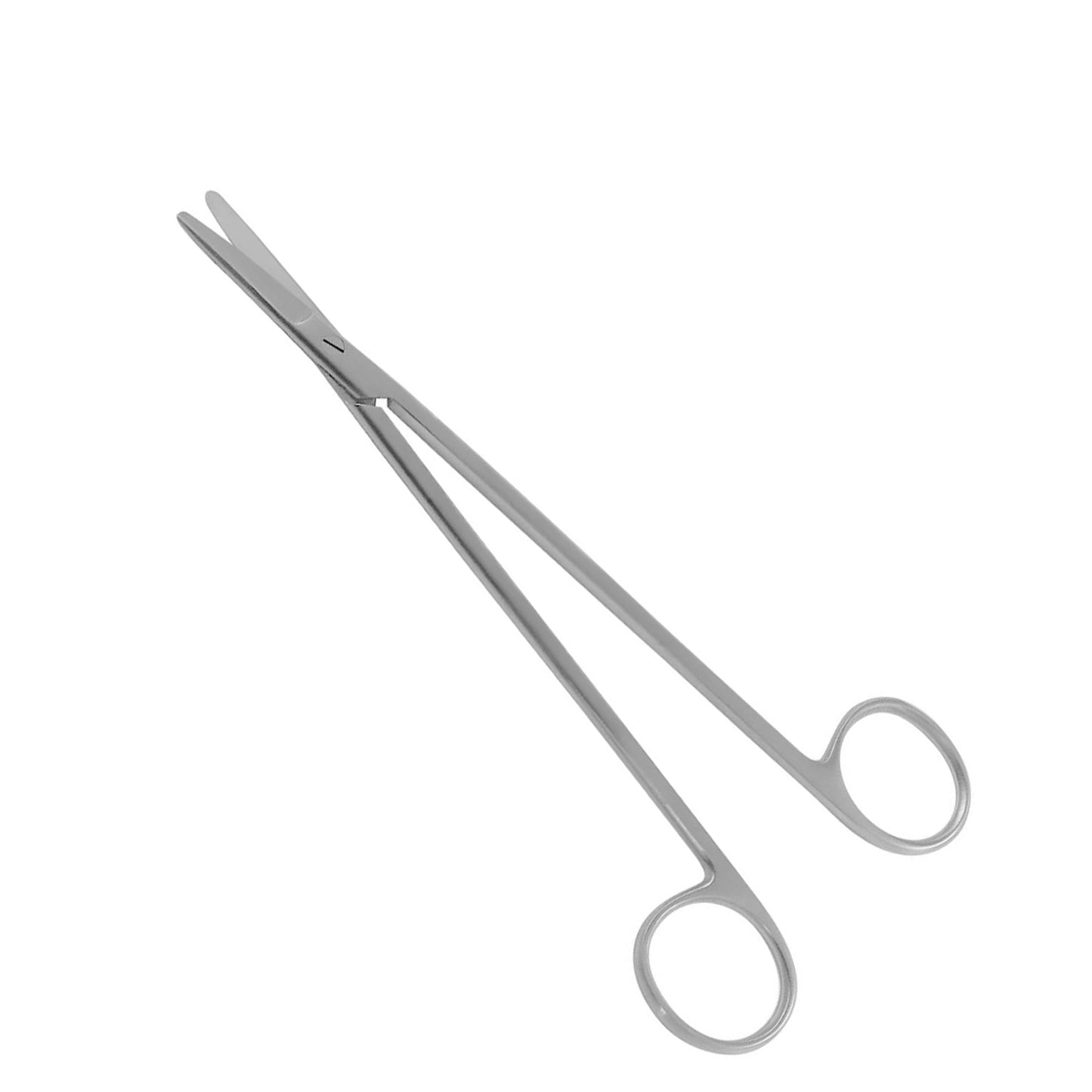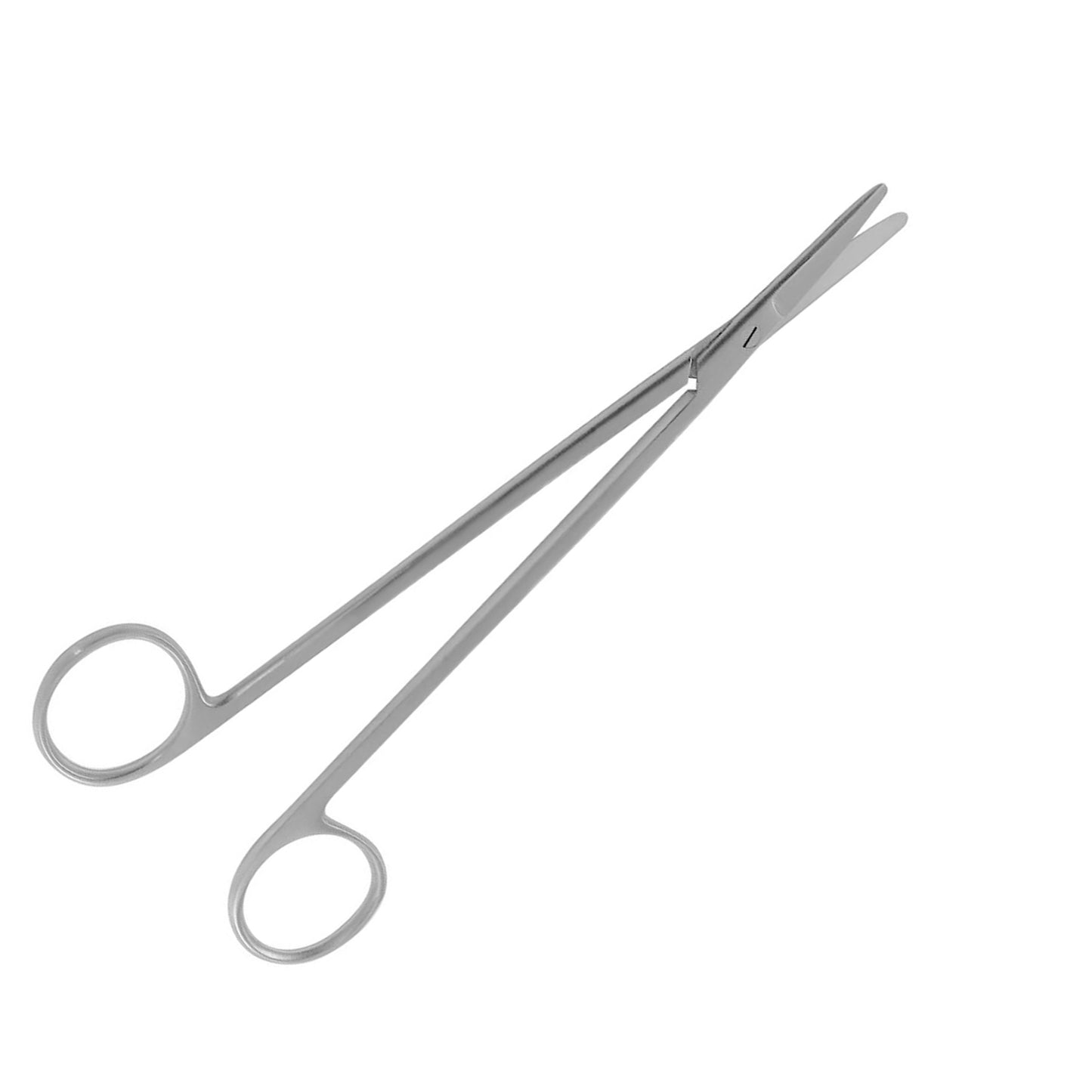Toennis Dissecting Scissors: Precision in Surgical Dissection
It is the Toennis dissecting Scissors are surgical instruments specifically designed for precise tissue cutting and dissection during medical procedures. The majority of them are used in neurosurgery general surgery, and vascular surgery, these tools are specifically designed for precision and control as well as efficiency. Their distinctive design allows for gentle handling of tissues, making them a crucial instrument in operating rooms.
Key Features of Toennis Dissecting Scissors
1. High-Quality Stainless Steel Construction
- Made of premium grade stainless steel The Toennis scissors are tough resistant to corrosion and can withstand repeated sterilization.
- The tough material guarantees sharp edges that will maintain their quality throughout time, even after repeated usage.
2. Fine-Tipped Blades
- The scissors come with slim, fine blades that permit surgeons to cut precisely without causing harm to tissues around them.
- The razor's sharpness makes for smooth and precise cutting, which minimizes damage on delicate tissues.
3. Straight and Curved Variants
- Available in straight and curved blades, Toennis scissors provide versatility for different surgical requirements.
- Curved blades work well for working around corners and in tight spaces, whereas straight blades are utilized for dissections that are linear.
4. Ergonomic Design
- The scissors are well-designed finger rings which provide the surgeon with a secure and comfortable grasp for surgeons.
- This design reduces fatigue in hands when performing long procedures, which means more control and accuracy.
5. Multiple Lengths
- Toennis Dissecting Scissors are available in different lengths that cater to the specific needs of surgery that range from simple dissections to more complex, deeper procedures.
Applications of Toennis Dissecting Scissors
1. Neurosurgery
- Commonly used in neurosurgical procedures for the delicate dissection of tissue and precise cutting of critical structures like nerves or blood vessels.
2. Vascular Surgery
- It is perfect to cut and dissect tiny vessels and tissues in intricate vascular procedures including bypass grafting, aneurysm repair.
3. General Surgery
- It is used for a variety of tasks, such as dissection of soft tissues as well as taking sutures off.
- The precision of their cutting makes them extremely useful when it comes to cutting processes that require precision.
4. Plastic and Reconstructive Surgery
- For reconstructive procedures the use of these scissors allows for precision, precise cutting of tissues, ensuring the best results.
Advantages of Toennis Dissecting Scissors
- High-Performance Cutting Sharp edges and sharp blades guarantee precise cuts, which reduce the risk of tissue damage and speeding up healing.
- Flexibility is suitable for a variety of surgical procedures, it offers both straight and curly alternatives.
- Durability Quality stainless steel construction ensures longevity of performance.
- Human-Made Handling The ergonomic grasp and balanced designs improve control and decrease hand strain.
Care and Maintenance
To keep the quality and function of the Toennis Dissecting Scissors:
- Cleanse thoroughly: Wash immediately following use to eliminate any blood or tissue residue.
- Sterilize correctly Utilize normal autoclaving procedures to maintain the cleanliness of your equipment and to maintain sharpness of the blade.
- Check it regularly Look for sloping edges or a misalignment or misalignment, then Sharpen them professionally If necessary.
- Securely store Place the HTML0 files in a safe case in order to protect the blades.
Conclusion
It is the Toennis Dissecting Scissors can be an essential tool for surgeons that require accuracy control, efficiency, and precision when performing delicate procedures. Their precise-tipped blades and ergonomic design and robust construction allow them to be used in an array of surgical procedures. If properly maintained and cared for the scissors will maintain their performance, which can lead to better surgical outcomes as well as improved patient security.


